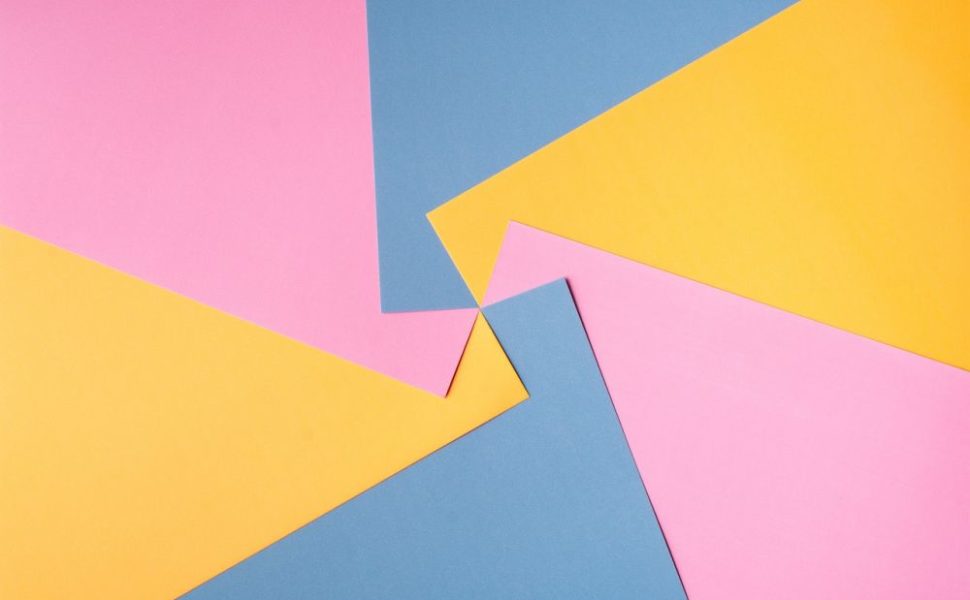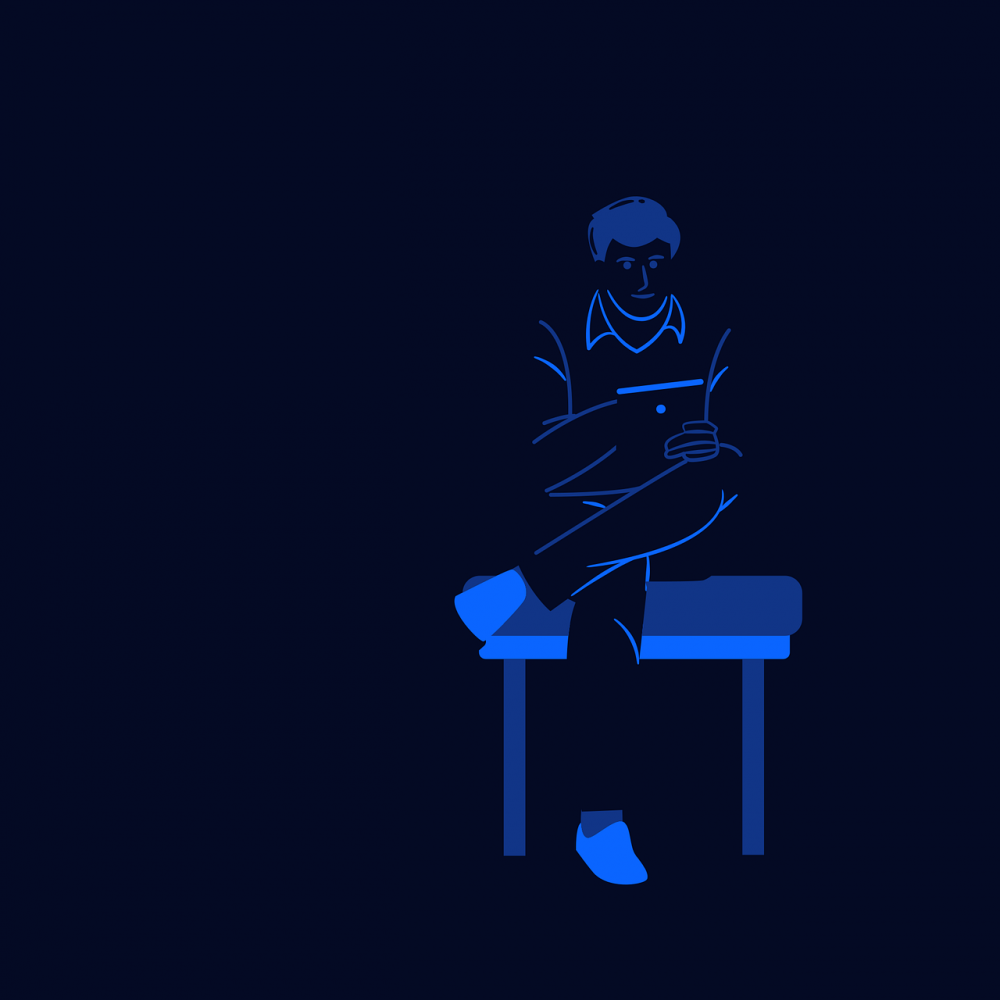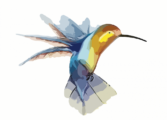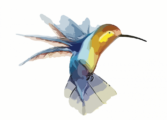Scandinavian Design: A Deep Dive into its Essence and Influence

Introduction:
Scandinavian design has gained global recognition and admiration for its minimalist aesthetics, functional approach, and timeless appeal. Originating in the mid-20th century, this design movement has left an indelible mark on various industries, including furniture, architecture, fashion, and graphic design. In this comprehensive article, we will explore the overarching principles of Scandinavian design, delve into its different types, popular trends, and evaluate its historical significance.
An Overview of Scandinavian Design

Scandinavian design is characterized by its simplicity, clean lines, and a focus on functionality. It reflects the region’s cultural values of minimalism, egalitarianism, and a connection with nature. This design movement emerged in the 1950s, primarily in the Nordic countries of Denmark, Norway, Sweden, Finland, and Iceland, as a response to post-war reconstruction and a desire for affordable and accessible design.
Scandinavian design aims to create harmonious and functional living spaces by reducing clutter, emphasizing natural materials, and promoting usability. It draws inspiration from the principles of Modernism, Bauhaus, and the Arts and Crafts movement, combining form and function seamlessly.
An Extensive Presentation of Scandinavian Design
Scandinavian design encompasses various types, each with its own distinct characteristics and influences. Here are some of the most prominent types of Scandinavian design:
1. Nordic Minimalism:
Nordic minimalism is the epitome of Scandinavian design. It focuses on clean lines, neutral color palettes, and a sense of openness. This design style aims to create serene and clutter-free environments that promote relaxation and mindfulness.
2. Functionalism:
Functionalism is a key aspect of Scandinavian design, emphasizing the marriage of practicality and aesthetics. Furniture and objects are designed with usability in mind, offering ergonomic solutions without compromising on visual appeal.
3. Organic Design:
Organic design draws inspiration from nature, incorporating organic shapes, natural materials, and earthy colors. It celebrates the beauty of imperfections, with furniture and decor often showcasing unique textures and patterns.
4. Mid-Century Modern:
Scandinavian mid-century modern design gained international recognition during the 1950s and 1960s. It features sleek, organic forms, minimalist detailing, and an emphasis on craftsmanship. This style continues to be a popular trend in both interiors and furniture design.
Quantitative Measurements of Scandinavian Design
The influence of Scandinavian design can be measured through various quantitative metrics. Here are some key statistics showcasing its impact:
1. Export and Revenue:
Scandinavian design has become a significant contributor to the economies of Nordic countries. In 2020, the export of design-related products from these nations amounted to $3.8 billion, with revenue continuing to grow steadily.
2. Global Recognition:
The global recognition of Scandinavian design is evident in the numerous prestigious awards won by Nordic designers and brands. Scandinavian designers consistently rank highly in international design competitions, further solidifying their reputation for excellence.
3. Consumer Preference:
A study conducted in 2021 revealed that 78% of consumers worldwide perceive Scandinavian design as high-quality, with 62% associating it with durability. This indicates a strong preference for the functional and enduring nature of Scandinavian-designed products.
– Insert a video clip showcasing iconic Scandinavian design pieces or an interview with a renowned Scandinavian designer]
Discussion on the Diversity of Scandinavian Design
While Scandinavian design is characterized by certain overarching principles, it’s important to note that it is not a monolithic entity. There are variations within the design movement that reflect different cultural influences and individual designer perspectives.
1. Danish Design:
Danish design is known for its focus on craftsmanship, simplicity, and functionality. It often incorporates warm wood tones, organic shapes, and an emphasis on creating cozy, inviting spaces. Designers such as Hans Wegner and Arne Jacobsen are synonymous with Danish design excellence.
2. Swedish Design:
Swedish design places a strong emphasis on functionality and practicality, reflecting the Swedish concept of ”lagom” (just the right amount). It combines minimalism with a touch of whimsy, incorporating playful patterns, bright colors, and innovative solutions. Notable Swedish designers include Bruno Mathsson and Greta Magnusson-Grossman.
3. Finnish Design:
Finnish design is characterized by its timeless elegance, innovation, and a deep-rooted connection to nature. It seamlessly blends functionality with sculptural aesthetics, often featuring experimental forms and the use of natural materials. Finnish designers Alvar Aalto and Eero Saarinen are celebrated for their contributions to the movement.
A Historical Review of Pros and Cons of Scandinavian Design
Scandinavian design has its share of advantages and disadvantages that have evolved over its history:
Advantages:
1. Timeless Appeal:
One of the significant advantages of Scandinavian design is its timeless appeal. The clean lines, neutral color palettes, and minimalist aesthetics have proven to withstand changing trends and fads, ensuring longevity in design choices.
2. Environmental Consciousness:
Scandinavian design champions sustainability and environmental stewardship. The use of natural and locally sourced materials, as well as the focus on durability and functionality, aligns with the growing global demand for eco-friendly design solutions.
Disadvantages:
1. Perceived Sterility:
Some critics argue that Scandinavian design can be seen as sterile and lacking in warmth, due to its emphasis on minimalism and restraint. However, this perception often overlooks the captivating balance between simplicity and functionality that Scandinavian design embodies.
2. Limited Ornamentation:
Another critique is that Scandinavian design can sometimes be perceived as overly minimalistic, leaving little room for ornamentation or decorative elements. However, this minimalist approach also allows for flexibility and personalization through the incorporation of unique textures, patterns, and personal belongings.
Conclusion:
Scandinavian design continues to be a global phenomenon, captivating individuals with its timeless beauty, functionality, and commitment to sustainability. Its versatile nature, showcased through Nordic minimalism, functionalism, organic design, and mid-century modernism, allows individuals to find their personal expression within its principles. With its rich heritage, global recognition, and diverse interpretations, Scandinavian design remains at the forefront of innovative and enduring design.
















































